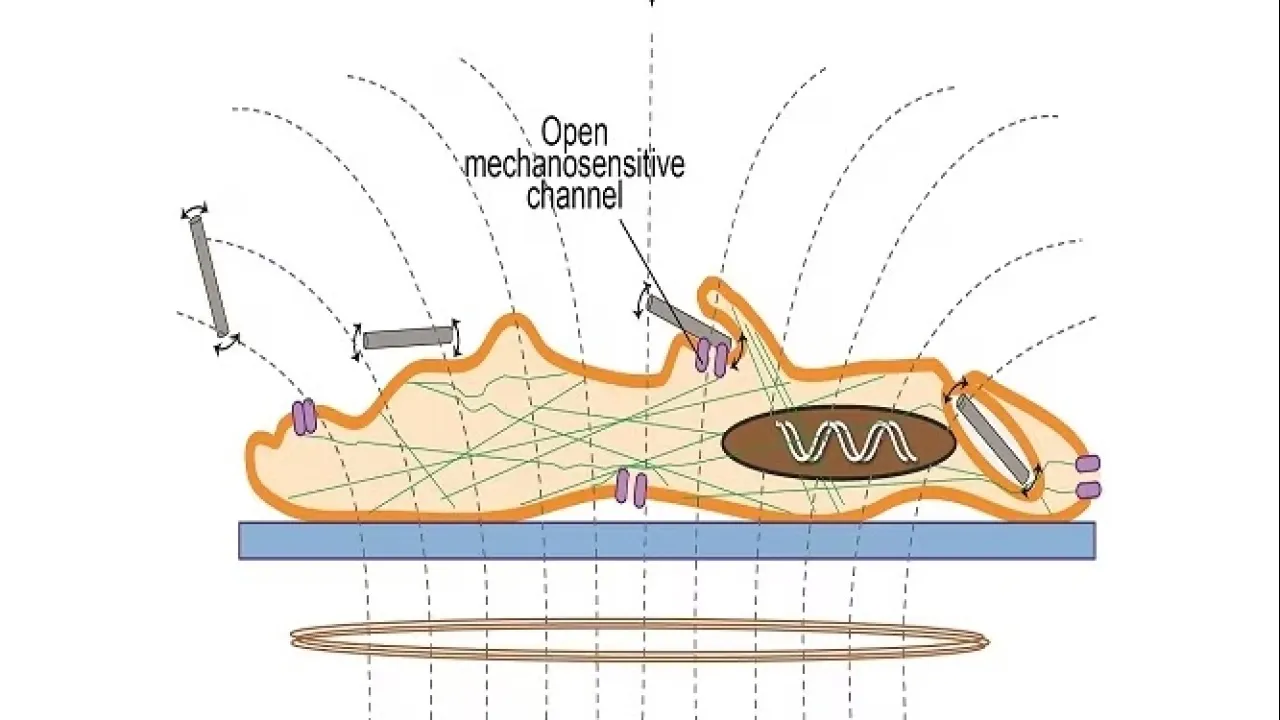
Targeting cancer cells with tiny magnetic wires
Magnetic nanowires with weak magnetic fields and low frequencies can destroy cancer cells without generating heat.
About
Incubating cancer cells with nickel nanowires before exposing them to a weak magnetic field can kill them, report researchers from KAUST.
The multidisciplinary team— led by Jürgen Kosel from the Computer, Electrical and Mathematical Science and Engineering Division and Tim Ravasi from the Division of Biological and Environmental Science and Engineering — exposed colon cancer cells to various alternating magnetic fields. In early tests only a small percentage of the cells were destroyed. This indicated that the fields on their own were fairly harmless.
Colon cancer cells were then incubated with two different concentrations of nickel nanowires. The cells internalized most wires in less than an hour. The internalization of the lower concentration of nanowires did not lead to significant cell death, however, promisingly, the internalization of the higher concentration resulted in the death of 11 percent of the cancer cells.
Next the researchers exposed the nanowire-containing cells to an alternating magnetic field and noticed a more significant result: the number of cells killed reached 38 percent when the cells, incubated with the higher nanowire concentration, were exposed to a 1 kHz alternating magnetic field.
The researchers suggest that applying the magnetic field triggered vibrations in the nanowires and generated changes in cell functions and structures that eventually led to cell death. Changing the duration of exposure to the magnetic field from 10 to 30 minutes made no relevant difference.
“There have only been a few attempts to study magnetic nanowires for the treatment of cancer cells,” says Kosel. “We are the first ones to use nanowires with only a few tens of nanometers in diameter,” he says.
Read the full article